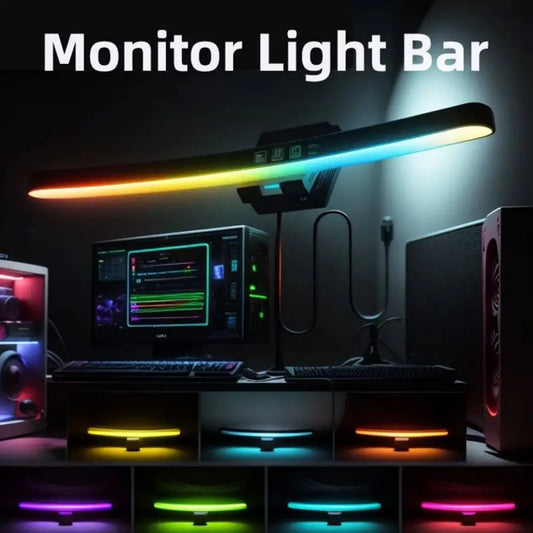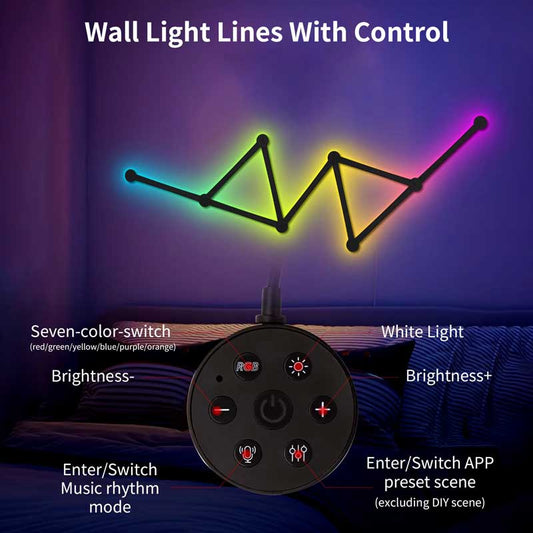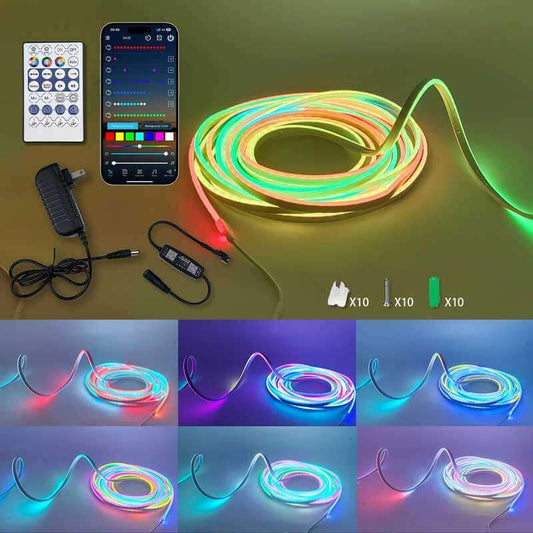What is the Difference Between Analog and Digital Gamepads?
Share
Analog and digital gamepads differ primarily in how they process and transmit input signals to the gaming console or computer. Here's a breakdown of the key differences:
1. Input Signal Type:
-
Analog Gamepad:
-
Uses continuous signals to represent input. For example, an analog joystick can detect the degree of tilt or pressure applied, allowing for a range of movement or intensity.
-
Provides more precise control, especially in games that require fine adjustments, like racing or flight simulators.
-
-
Digital Gamepad:
-
Uses binary signals (on/off) to represent input. For example, a digital button is either pressed (on) or not pressed (off).
-
Offers simpler, more straightforward controls, which can be ideal for games that don't require nuanced input, like platformers or fighting games.
-
2. Control Precision:
-
Analog Gamepad:
-
Allows for variable input, meaning you can control the speed, direction, or intensity of an action. For instance, you can walk slowly or run fast depending on how far you push the joystick.
-
-
Digital Gamepad:
-
Provides fixed input levels. For example, a digital joystick or D-pad typically only registers eight directions (up, down, left, right, and the four diagonals) with no in-between states.
-
3. Components:
-
Analog Gamepad:
-
Typically includes analog sticks, triggers, and sometimes pressure-sensitive buttons.
-
-
Digital Gamepad:
-
Usually features digital buttons, a D-pad, and sometimes digital triggers.
-
4. Use Cases:
-
Analog Gamepad:
-
Better suited for games that require precise control, such as first-person shooters, racing games, and flight simulators.
-
-
Digital Gamepad:
-
Often used for retro gaming, platformers, and fighting games where precise analog control is less critical.
-
5. Examples:
-
Analog Gamepad:
-
Modern controllers like the Xbox Wireless Controller or PlayStation DualShock/DualSense.
-
-
Digital Gamepad:
-
Classic controllers like the NES or Sega Genesis gamepads.
-
6. Compatibility:
-
Analog Gamepad:
-
Generally compatible with modern gaming systems and PCs, often requiring drivers or software to map inputs.
-
-
Digital Gamepad:
-
Often used with older consoles or retro gaming setups, though many modern systems still support digital inputs for certain games.
-
Summary:
-
Analog gamepads offer more nuanced and precise control, making them ideal for modern, complex games.
-
Digital gamepads provide simpler, more straightforward controls, often preferred for retro or less complex games.
Both types have their own advantages and are chosen based on the specific needs of the game and the preferences of the player




